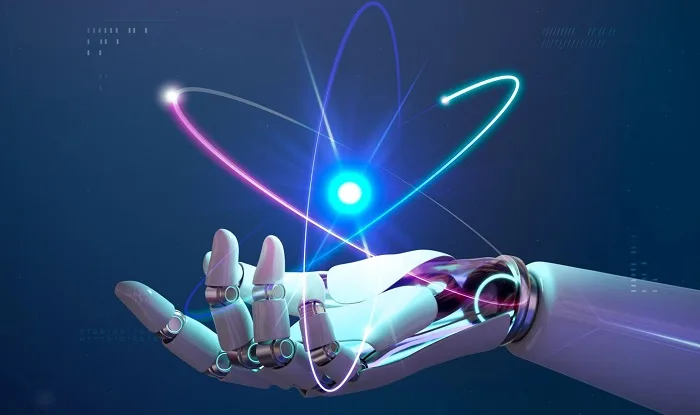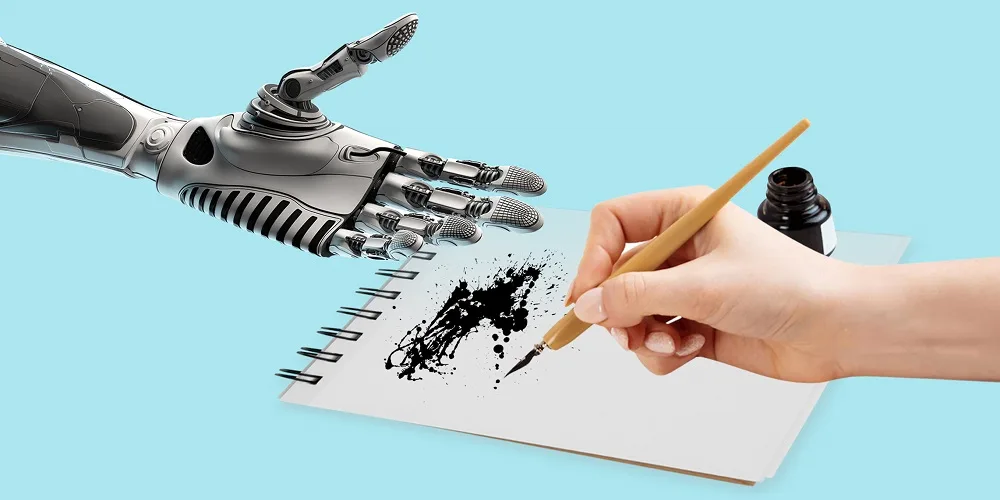How Neural Image Generators Work

In the digital age, the intersection of art and technology has given birth to groundbreaking tools that transform the way we create and interact with images. At the forefront of this revolution are neural networks, specifically designed for drawing and creating images, which have redefined the boundaries of creativity and efficiency.
Neural image generators leverage the power of artificial intelligence to produce visuals from textual descriptions or by learning from vast datasets of existing images. These systems rely on complex algorithms that mimic the neural networks of the human brain, enabling them to analyze, interpret, and generate images with astonishing detail and accuracy. Online industries such as gambling and betting actively use them for advertising material. If earlier, a designer needed several hours to create the desired image, today, according to Druckgluck casino, it takes several minutes.
Network Training: The Foundation of Creativity
The effectiveness of a neural image generator is grounded in its training process. This involves feeding the network a large dataset of images, allowing it to learn and recognize various patterns, shapes, colors, and textures. Through this extensive training, the network develops the capability to generate new images that are similar in style and content to those it has been trained on.
Image Generation with GAN: A Dual Process
Generative Adversarial Networks (GANs) represent a significant advancement in neural image generation. A GAN consists of two parts: a generator that creates images and a discriminator that evaluates them. The generator produces new images from random noise, while the discriminator assesses whether these images are real (from the dataset) or fake (created by the generator). This rivalry drives the generator to improve its output continuously, aiming to create images indistinguishable from real ones.
The Discriminator: Ensuring Realism
The discriminator’s role is crucial in refining the quality of generated images. By critically analyzing images and providing feedback to the generator, it ensures that the produced images meet a high standard of realism. This iterative process of generation and discrimination sharpens the AI’s ability to create highly realistic images.

GAN Training: A Path to Perfection
Training a GAN is a delicate balance between the generator and discriminator. The process involves constantly adjusting and fine-tuning the network’s parameters to ensure that the generator becomes increasingly adept at creating images that can fool the discriminator. This training is computationally intensive but essential for achieving high-quality image generation.
Image Generation: The Creative Frontier
Once trained, neural networks can generate images in response to specific prompts or recreate styles of particular artists or genres. This capability opens up endless possibilities for creative expression, allowing for the generation of unique artworks, realistic renders, or variations of existing images.
Adoption by Companies: Revolutionizing Industries
Several companies are already harnessing the power of image generation technology, finding it immensely beneficial across various sectors. In the gambling industry, Druckgluck casino uses neural networks to create complex visual effects and animations. Marketing firms leverage AI to produce compelling graphics and advertisements tailored to specific audiences. In the design world, neural networks assist in generating concepts and prototypes, significantly accelerating the creative process. These applications not only enhance creativity and efficiency but also offer a competitive edge by enabling the creation of highly customized and innovative content.
Neural networks for drawing and creating images stand as a testament to the incredible potential of artificial intelligence in enhancing and expanding the horizons of human creativity. As technology evolves, we can expect these tools to become even more sophisticated, opening new avenues for artistic and commercial endeavors. The fusion of AI and creativity not only enriches the visual arts but also offers practical solutions to myriad challenges across industries.
